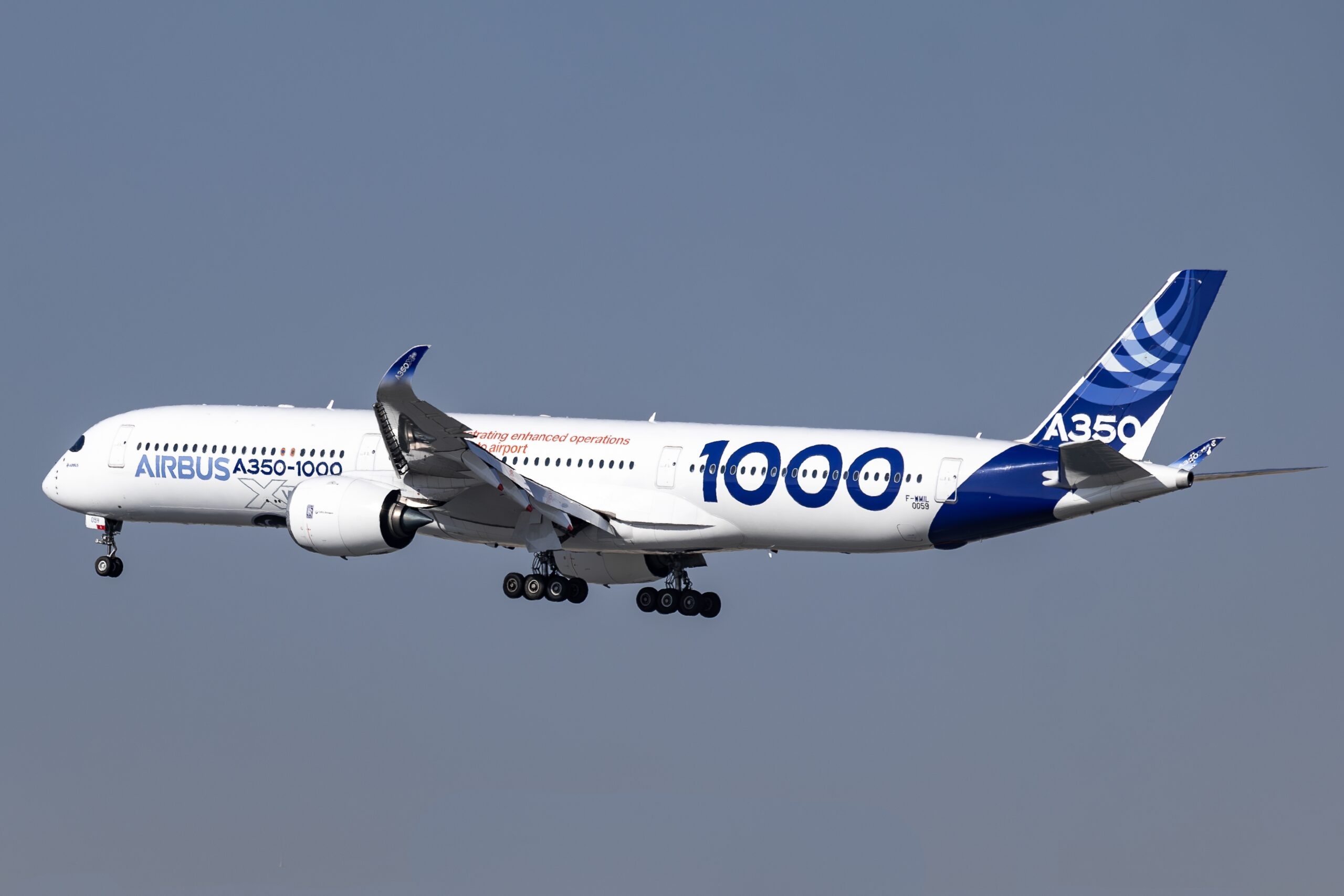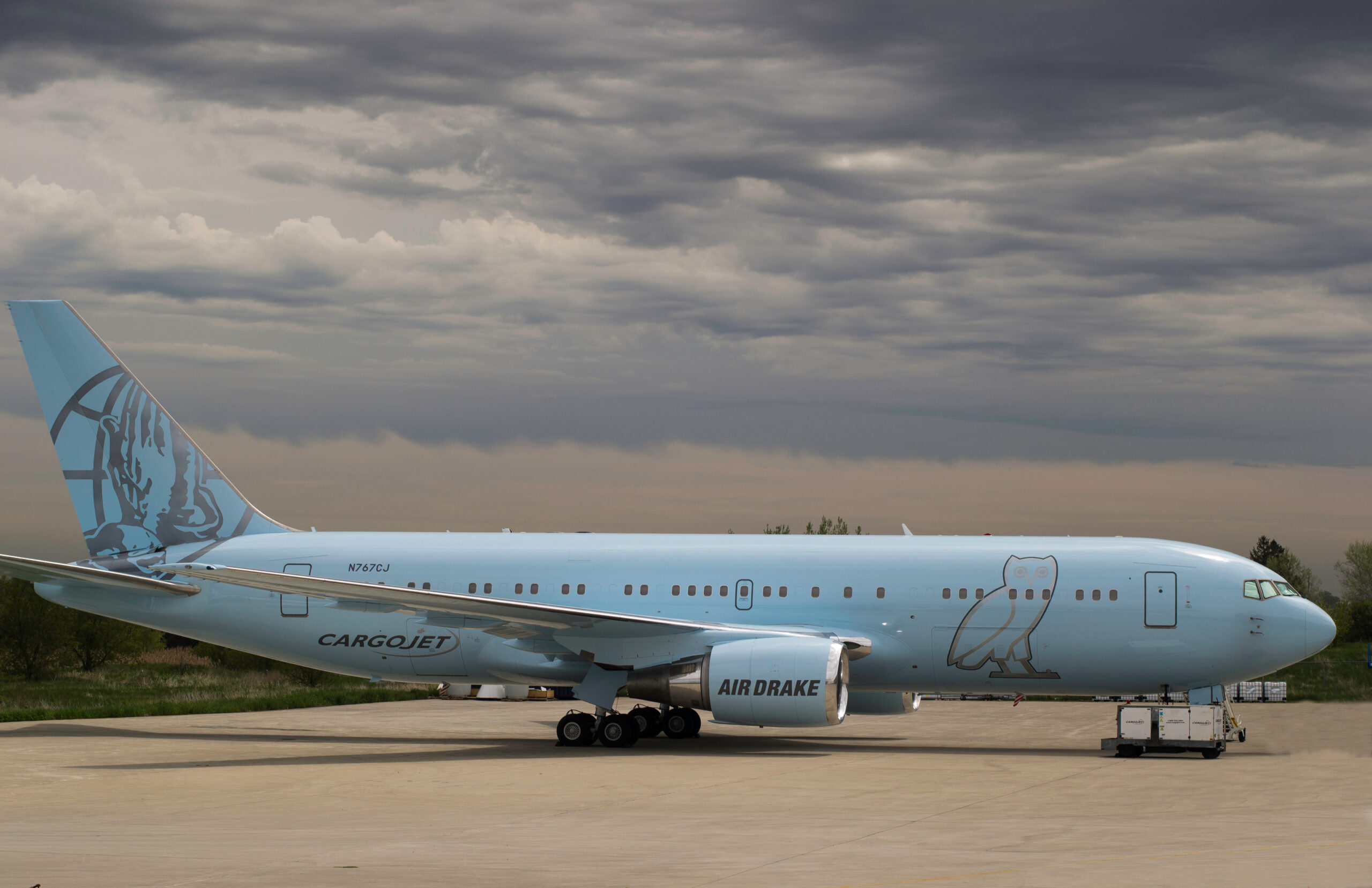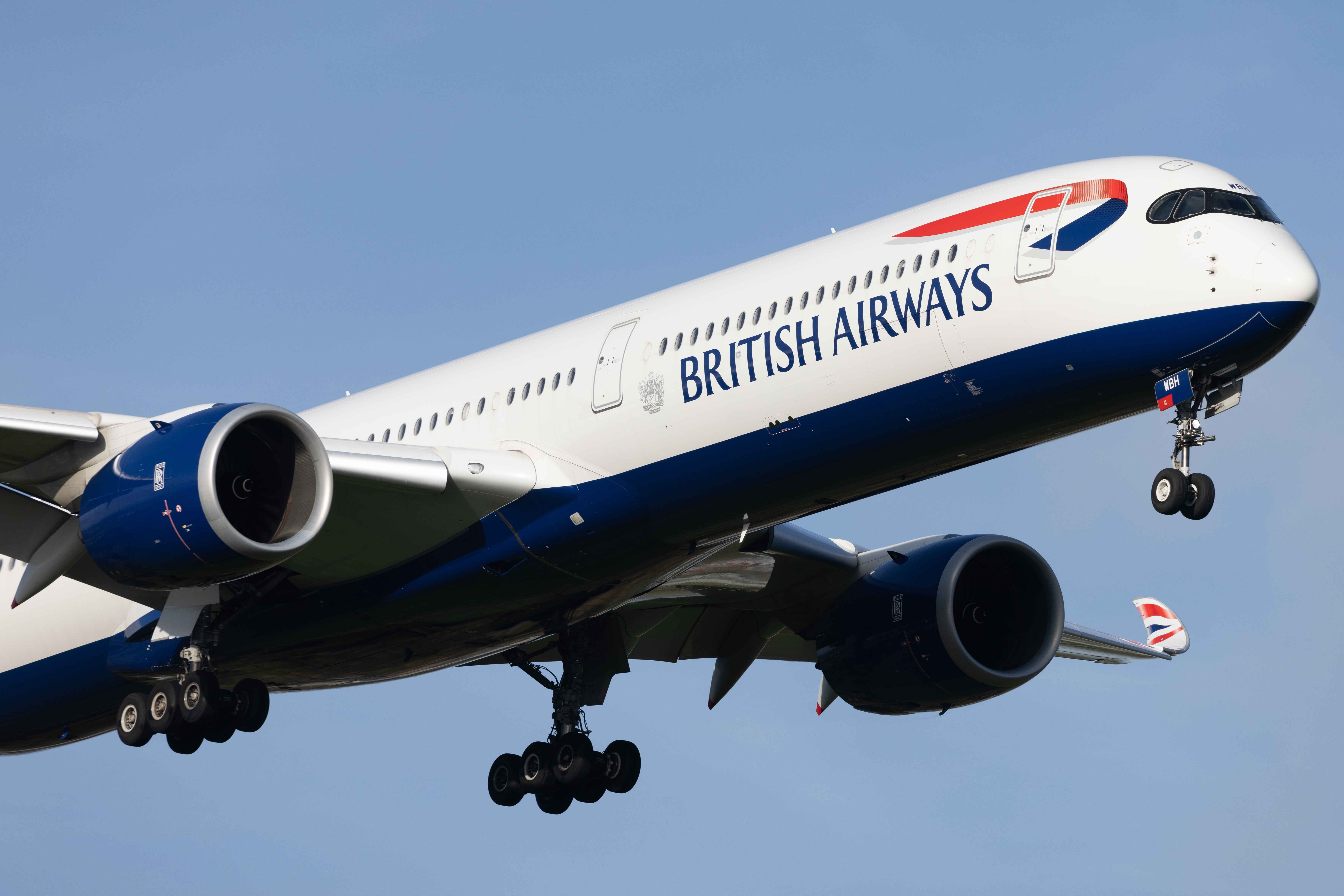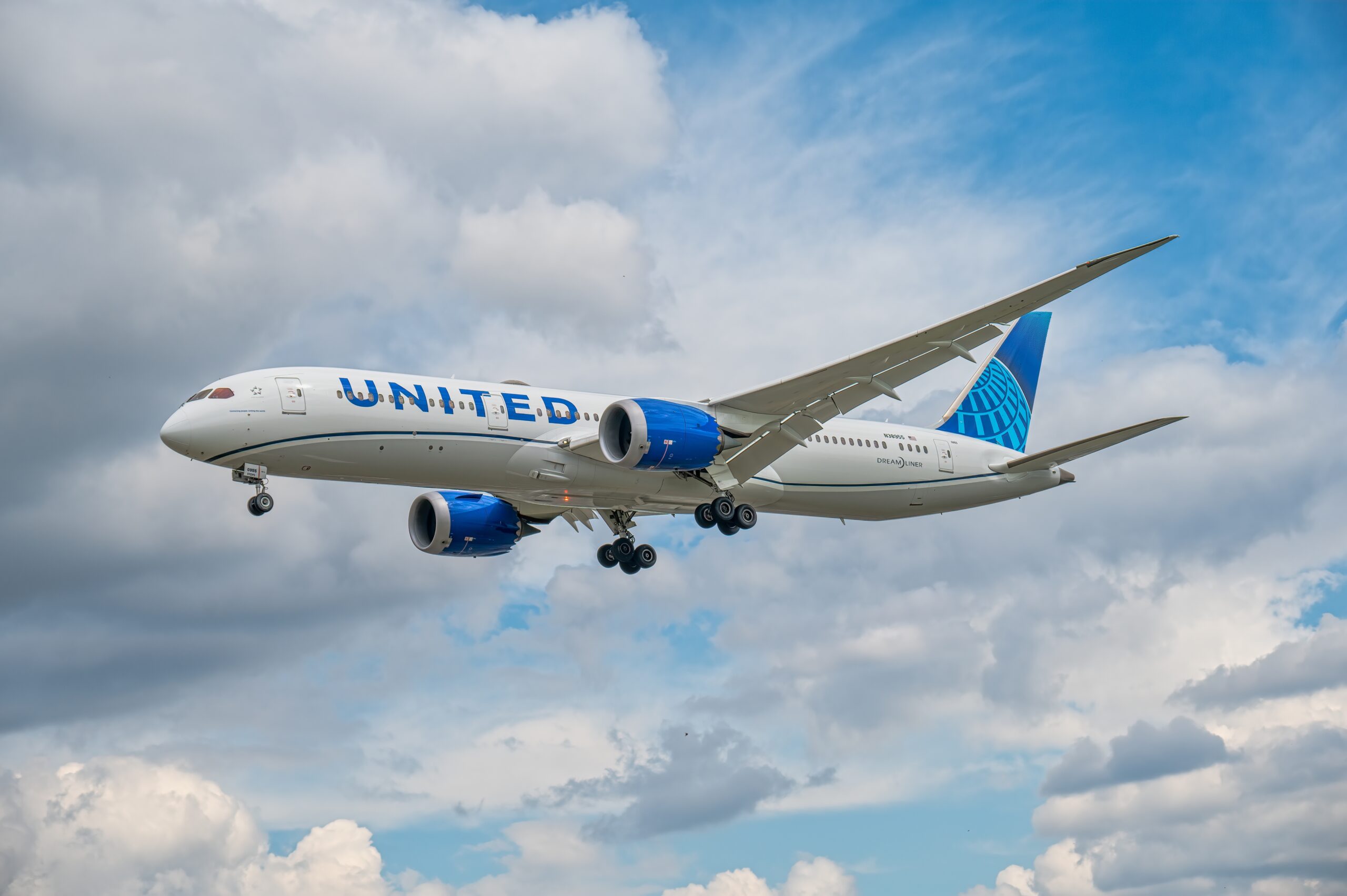Boeing 737 NG vs MAX: Understanding the Differences
The Boeing 737, one of the most popular aircraft in history, has multiple variants. Among them, the 737 Next Generation (NG) and the 737 MAX are the most commonly compared. Each has unique features, advancements, and differences that are essential for understanding their role in modern aviation.
Engine Technology
The engines are a significant difference between the 737 NG and the 737 MAX. The NG series uses CFM56-7B engines produced by CFM International. These engines are known for their reliability and efficiency. They have a high bypass ratio, which enhances fuel efficiency and reduces noise.
On the other hand, the 737 MAX is equipped with CFM International LEAP-1B engines. These engines are a substantial upgrade over the CFM56. They offer a 15% improvement in fuel efficiency, thanks to advanced materials like ceramic matrix composites and a higher bypass ratio. The LEAP-1B engines also contribute to a quieter ride, which is crucial for reducing noise pollution around airports.
Fuel Efficiency and Range
Fuel efficiency is a key area where the 737 MAX outshines the 737 NG. The MAX offers a 14% improvement in fuel consumption per seat compared to the NG series. This efficiency is due to several factors: more aerodynamic winglets, quieter engines, and a refined fuselage design.
With increased fuel efficiency comes an increased range. The 737 MAX can cover approximately 3,850 nautical miles, compared to the 737 NG’s 3,115 nautical miles. This extended range opens up new routes for airlines, allowing them to offer direct flights that were previously not possible with the NG series.
Aerodynamic Enhancements
The 737 MAX features several aerodynamic improvements over the NG series. One of the most notable is the Advanced Technology (AT) winglets. These winglets reduce drag and improve fuel efficiency. They also add to the overall sleek appearance of the aircraft.
The MAX also incorporates refinements to the tail cone and engine nacelles. These changes contribute to reduced drag and better overall aerodynamic performance. Combined with the new engines, these enhancements help the MAX achieve its superior fuel efficiency and range.
Flight Deck and Avionics
The flight deck of the 737 MAX includes several enhancements that make it more advanced than the NG series. The MAX features larger displays that provide pilots with more information and improved situational awareness. These displays also have higher resolution and better readability under various lighting conditions.
The 737 MAX also includes advanced avionics, such as dual Head-Up Displays (HUDs) and enhanced navigation systems. These upgrades help pilots navigate more precisely and efficiently, reducing the workload and enhancing safety.
Passenger Experience
Comfort is a vital factor for passengers, and the 737 MAX delivers several improvements over the NG. The cabin of the MAX features LED lighting that simulates natural daylight, reducing passenger fatigue. The overhead bins are larger, allowing for more luggage storage without restricting the cabin space.
The seats on the 737 MAX are designed to be more ergonomic, offering better comfort for passengers, especially on long flights. Improved air filtration systems provide a fresher and healthier cabin environment.
Operational Costs
Airlines are always looking to minimize operational costs, and the 737 MAX offers significant advantages in this area. The improved fuel efficiency and extended range translate to lower fuel costs. Additionally, the MAX’s newer technology and materials require less frequent maintenance, reducing downtime and associated costs.
The 737 MAX’s operational cost savings extend to training as well. Pilots who are already certified on the 737 NG series require minimal training to transition to the MAX. This commonality reduces the time and expense needed for pilot training programs.
Performance and Reliability
The 737 NG is renowned for its reliability and performance, having built a strong record over years of operation. Despite this, the 737 MAX manages to enhance these aspects further. The MAX’s engines and aerodynamic improvements lead to better performance metrics, including faster ascent rates and more efficient cruising speeds.
The advanced materials and technology used in the MAX also contribute to its reliability. The carbon fiber fan blades and ceramic composite materials in the engines are more durable and require less maintenance. This results in fewer delays and increased aircraft availability.
Environmental Impact
With the growing focus on environmental sustainability, the 737 MAX offers a step forward in reducing the carbon footprint of commercial aviation. The 15% reduction in fuel consumption directly translates to lower CO2 emissions. Additionally, the quieter LEAP-1B engines reduce noise pollution, which is beneficial for communities near airports.
These environmental benefits align with the goals of many airlines to operate more sustainably. The 737 MAX’s advancements help airlines meet regulatory requirements and corporate social responsibility targets.
Safety Considerations
The safety of the 737 MAX came under scrutiny following two high-profile accidents. These incidents were linked to the aircraft’s Maneuvering Characteristics Augmentation System (MCAS). In response, Boeing made significant updates to the MCAS and other systems, followed by rigorous recertification processes by aviation authorities worldwide.
Today, the 737 MAX is considered one of the safest aircraft in operation. The changes implemented have improved system reliability and pilot training related to the new features. This renewed focus on safety has restored confidence in the MAX among airlines and passengers alike.
Market Adoption and Airline Feedback
The 737 NG series has been a staple in airline fleets around the globe for decades. Its versatility and reliability have made it a trusted choice for short- to medium-haul routes. Airlines have provided positive feedback on its performance, passenger comfort, and operational costs.
The 737 MAX, despite its initial setbacks, has seen substantial market adoption. Airlines appreciate its enhanced efficiency, extended range, and improved passenger experience. Feedback from operators indicates a high level of satisfaction with the MAX’s performance and reliability post-recertification.
Summary of Key Differences
Understanding the differences between the 737 NG and 737 MAX can help appreciate the advancements in aircraft technology:
- Engines: CFM56-7B for NG, LEAP-1B for MAX.
- Fuel Efficiency: 14% improvement in the MAX.
- Range: MAX can fly approximately 735 nautical miles further.
- Aerodynamics: Advanced winglets and refined fuselage on the MAX.
- Flight Deck: Larger, higher resolution displays and advanced avionics in the MAX.
- Passenger Comfort: Enhanced cabin lighting, larger overhead bins, and better seating in the MAX.
- Operational Costs: Lower fuel and maintenance costs with the MAX.
- Reliability: Enhanced performance and durability in the MAX.
- Environmental Impact: Reduced emissions and noise levels in the MAX.
Both the 737 NG and MAX have made significant contributions to aviation. The NG set high standards for reliability and efficiency, while the MAX builds upon these foundations with modern technology and improved performance metrics. These differences highlight the evolution of the 737 family, reflecting ongoing advancements in aerospace engineering and passenger experience.






